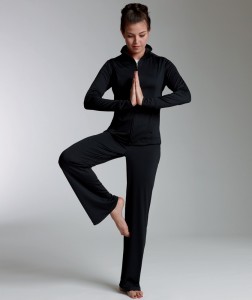A Woman’s Diet
 Women and men both have a responsibility to eat healthy in order to maintain a good personal health standard. However, women’s optimal diets look different than men’s. Women have a different biochemical make-up that requires a particular balance of vitamins and nutrients in order to keep it healthy and balanced. Below are some basic guidelines for constructing a women’s healthy diet.
Women and men both have a responsibility to eat healthy in order to maintain a good personal health standard. However, women’s optimal diets look different than men’s. Women have a different biochemical make-up that requires a particular balance of vitamins and nutrients in order to keep it healthy and balanced. Below are some basic guidelines for constructing a women’s healthy diet.
- Two particular elements that women need present in their diet more than men are calcium and iron. Women are prone to bone density issues as they age, and ensuring a lifetime of good calcium intake will prevent bone density loss. Women need iron in order to properly metabolize, but they lose a great deal of iron from their bodies due to menstruation. Calcium can be found in dairy items and dark leafy greens such as kale, and iron can be found in spinach and lean red meat.
- Achieving a proper amount of other nutrients in the diet, such as protein, antioxidants, a full range of vitamins, omegas and natural sugars and carbohydrates is good for the female body as well. Nutritional charts can offer excellent guidance on a recommended distribution of these food benefits for a woman’s diet. A great deal depends on the individual woman’s chemical make up and whether or not she has any preexisting conditions. Women should use food medicinally to balance their body chemistry.
- Women have unique hormonal considerations when it comes to their diets. Women’s hormones are in flux regularly more than men’s are. A women’s hormones go through cycles and changes constantly, while men’s hormones are much more consistent. This means that women need to consider what their diets are doing to their hormones. Synthetic estrogen and other hormones are found in many foods, particularly meats. A number of other food substances can either aid or hinder the natural hormonal cycle and should be considered carefully before ingesting.

